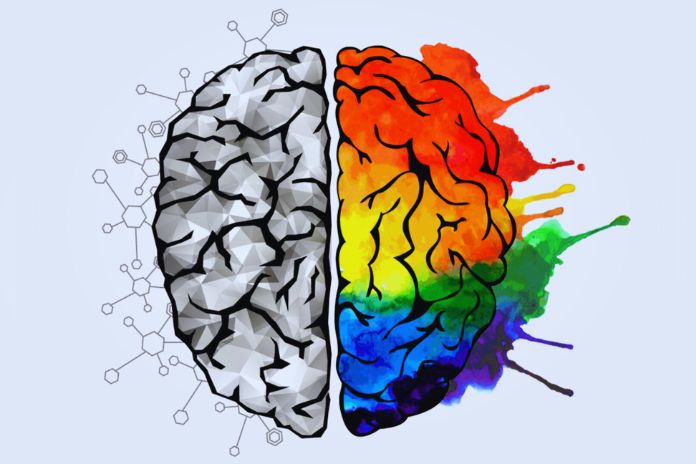Having agility in making decisions to define processes is an essential skill for any manager, regardless of the size of the company.
However, more than this skill is needed to make the correct decisions that will bring assertive results and contribute to the growth of your business.
Planning, analyzing data and monitoring results are essential activities in the daily life of a company. Do you want to know how to improve decision-making to define your company’s processes? Read this post and find out!
The Seven Steps To Decision Making
Many managers use this 7-step system to make assertive decisions. However, only some are aware that this technique is essential for optimizing results and solving problems.
Are we going to understand each of these steps?
Problem Identification
Before taking any action in relation to a problem, it is necessary to identify it and thoroughly understand its extent and impact on the organization’s routine.
After identification, you must check what results should be achieved by the solution to be proposed and the benefits it will bring to your processes and your team.
Information Collection
At this stage, you should gather as much pertinent information as possible that will help you make the decision.
Be very careful, as the use of outdated or inaccurate information can lead to wrong decisions and compromise the financial health of your company or the functioning of its processes.
Another widespread problem at this stage is the need for more information or even more of it. With more information, the effectiveness of your decision will be more robust and excess information may confuse, which may also compromise the decision.
Search only for information that is relevant to resolving the problem.
Identification Of Alternatives
Once you have a deep understanding of the problems and data to support your decision, you will be able to evaluate which alternatives can be used to solve problems or define processes.
Having more than one solution to a problem allows you to evaluate which one is aligned with the objectives pursued by the decision.
Assessment Of Alternatives
Now, it is necessary to evaluate the pros and cons of each alternative and assess which one has a greater chance of success.
Here, you must evaluate the general impact that each of them will generate on your company and check whether the results provided will be in the short, medium or long term.
Choosing An Alternative
Now that you have evaluated all the alternatives and projected their effectiveness in defining a process, you must choose the one that has demonstrated, through data and analysis, to be the most efficient, and it must be selected. That is, the time has come to take the decision!
Implementation Of The Solution
Before implementing the solution, it is necessary to develop a plan for its implementation. Identify what resources are needed and who will be involved in the process.
With the plan in hand, it is time to seek support for implementing the solution found, then “sell” the idea to those involved and also to stakeholders (people who are interested in resolving the problem ).
With everyone’s support and planning in hand, implement the solution.
Checking Results
More important than implementing the chosen solution is monitoring the results obtained by it. Often, the preferred alternative may bring some unforeseen adverse effects.
Analyzing, checking what is working and finding points that need improvement is a mandatory activity for the company to continue growing and, based on this data collection, you will be able to make other decisions.
Constant verification of results allows the optimization of processes and continuous improvement of the activities carried out by the company, increasing the satisfaction of its customers and employees and, consequently, increasing profits.
Factors For Defining Processes
As we have seen, the 7-step technique is a tool that will help the manager in the decision-making process. However, some factors can influence the results obtained.
Lack Of Information
It is expected that, especially in small and medium-sized companies, there is no efficient information storage system, and information is often stored in diaries, notebooks or spreadsheets.
This type of organization leaves information decentralized, making it challenging to locate and even causing the loss of important information for the company.
To avoid this type of situation, adopting management software (known as ERPs) is an excellent alternative. Currently, there is a wide variety of options, paid and free, for every type of need.
Achism
Intuition is an essential characteristic in managers; however, making decisions based only on your intuition is very dangerous and could significantly harm your company.
Always remember to make your decisions based on concrete data. This attitude prevents several problems and also makes your choices much more assertive.
Lack Of Planning
Even in adverse situations, it is possible to draw up a contingency plan to speed up the decision-making process and minimize the damage caused to the company due to a problem or process failure.
A well-structured plan should contain these contingency actions, the people involved in resolving the problem and what position the company should take in the face of this situation.
Delay In Resolving Problems
A decision, to be effective must be made as soon as possible. However, delays in resolving problems are common in most companies.
This negligence can be very costly for the company and mainly happens because companies do not understand the scale that a problem can take and leave it aside until it is too late.
Also Read: Innovative Training And Artificial Intelligence: A Revolution In Progress

